NAS announces grant to Vincent Rotelloto develop, test and deploy inkjet-printed, nanoparticle-based test strips for detecting bacteria in drinking water.
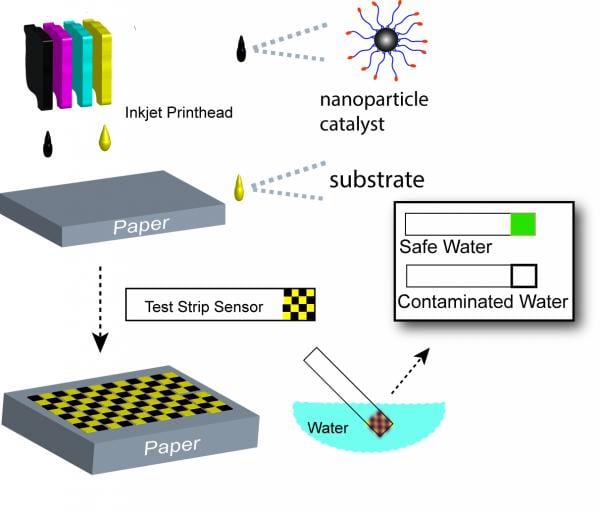

NAS announces grant to Vincent Rotelloto develop, test and deploy inkjet-printed, nanoparticle-based test strips for detecting bacteria in drinking water.
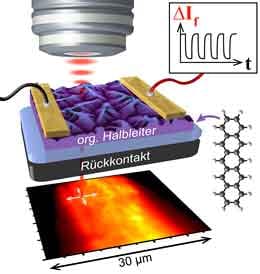
A team has, for the first time, succeeded in functionally characterizing the active layer in organic thin-film solar cells using laser light.
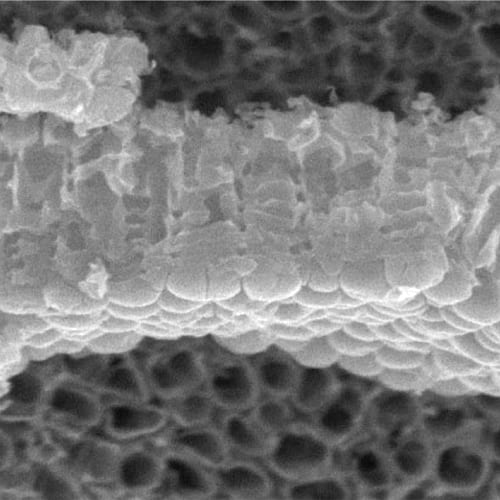
Scientists developed a convenient, anodization based method to produce a gradient TiO2 nanotube biomaterial.
A colorimetric assay system based on urine and nanoparticles for mercury detection has been developed by researchers from Nanyang Technological University.
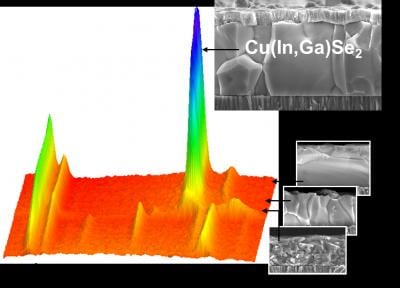
Team manage to observe growth of thin-film solar cells in real time and to study the formation and degradation of defects that compromise efficiency.
Loan will further the commercial development of Solink nanomaterial.
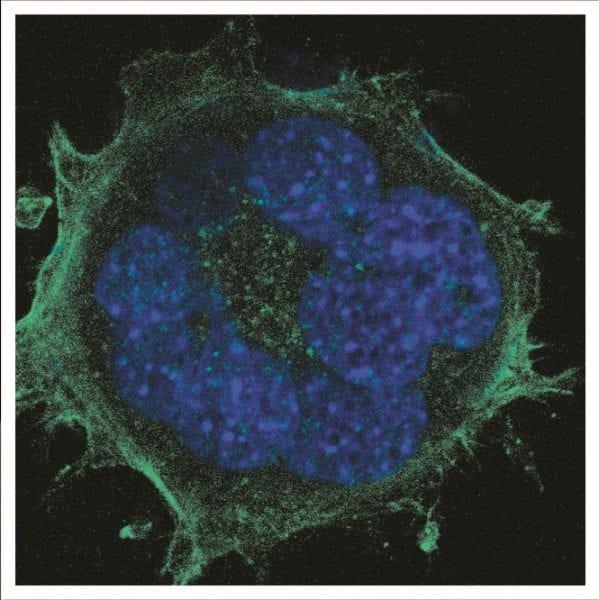
Bigger is not necessarily better: when it comes to culturing fibroblasts on nanowire substrates, there are several reasons to reconsider the use of long nanowires.
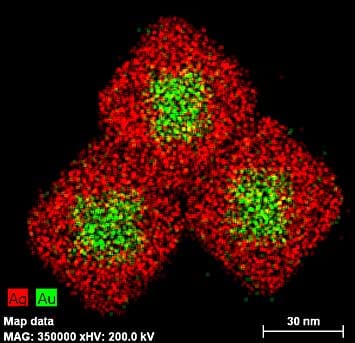
A team of scientists has developed a new, simpler way to discern molecular handedness, known as chirality, using gold-and-silver cubic nanoparticles.
Program is intended to meet the growing demand for workers who can keep pace with emerging nanotechnologies.
New research describes a device and method which enables the ambient temperature production of 100nm fibres in a commercially attractive way.